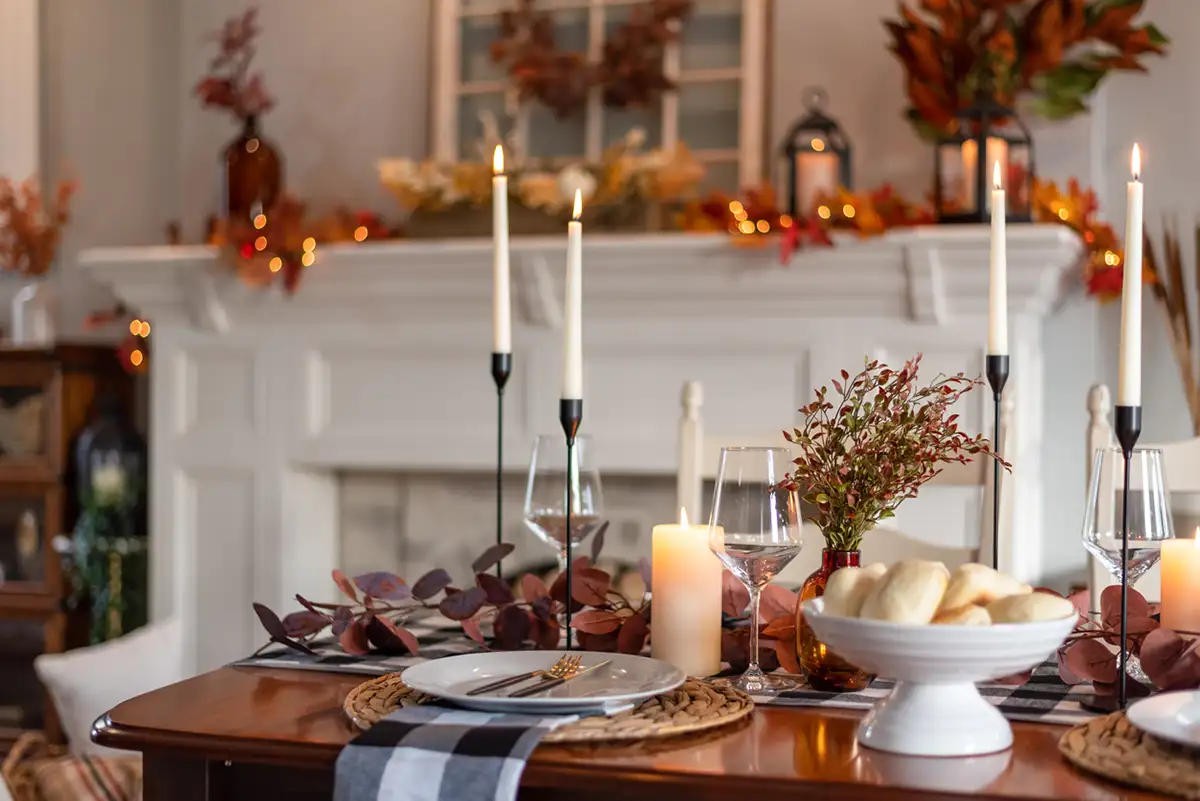
How To Prevent Falls Among Seniors
The human body undergoes several changes as it gets older, and the common concern is the impact on mobility and balance. It increases the risk of falls among seniors – something nobody wants to happen. Unfortunately, 20-30% of older adults experience falls annually. It is good to implement home safety measures to reduce the risk of falls, but with so many tips, which ones stand out the most? Here are a few that come top of the list.
Maintain a safe and clutter-free environment
Is your living space hazard-free? Anything can become a hazard when you fail to acknowledge its potential dangers. Loose and slippery rugs, extension cords, stairs, and a cluttered walkway can lead to life-threatening falls among seniors. That is why securing rugs and carpets in the home is important. Take a minute to check that rugs and carpets are properly anchored and do not pose risks to an older adult. The best way to keep them anchored is to use non-slip backing or double-sided tape. However, remove the floor covering if you’re unsuccessful at keeping the carpet in place. Proper lighting has everything to do with safety, so keep walking spaces in and around the home illuminated. Data has shown that many older adults fall at night when visibility is greatly reduced. That makes it all the more crucial to invest in adequate lighting in the commonly used areas around the home.
Choose the right footwear
The right footwear plays a significant role in ensuring balance and a healthy gait among seniors. Ill-fitting shoes affect stability and balance in seniors, automatically increasing the risks of injuries resulting from accidental falls. Fortunately, wearing the right footwear can significantly impact your life as an older adult. You will discover why a change in your footwear can enhance your gait and balance while walking. Medical research has shown that the feet take a hit in old age because they carry the entire body’s weight. Leg bones can lose density, and the body’s agility can reduce as a natural part of aging. Reports reveal that 3 in 4 seniors develop challenges with their feet by age sixty-five, therefore it’s important to raise your awareness and look for preventative measures as you get older. For example, you can buy orthopedic shoes to help reduce your risk of falls. They have better arch support and non-slip soles. Even better, they can be customized to accommodate your specific foot problems.
Stay physically active
How often are you active? Spending most of the day sitting behind the television may be tempting, but it can increase your risk of falls. That is because a sedentary lifestyle could negatively impact your bone health. That can have a ripple effect on your natural ability to be flexible. Unless your current health status hinders you from exercising, your best bet is to engage in activities that improve your balance and stability. Yoga, water aerobics, tai chi, and stationary bike exercises are excellent ways to get active. It helps to establish a regular walking routine to improve your physical and mental well-being. All these sharpen your reflexes and can reduce your risk of falling.









